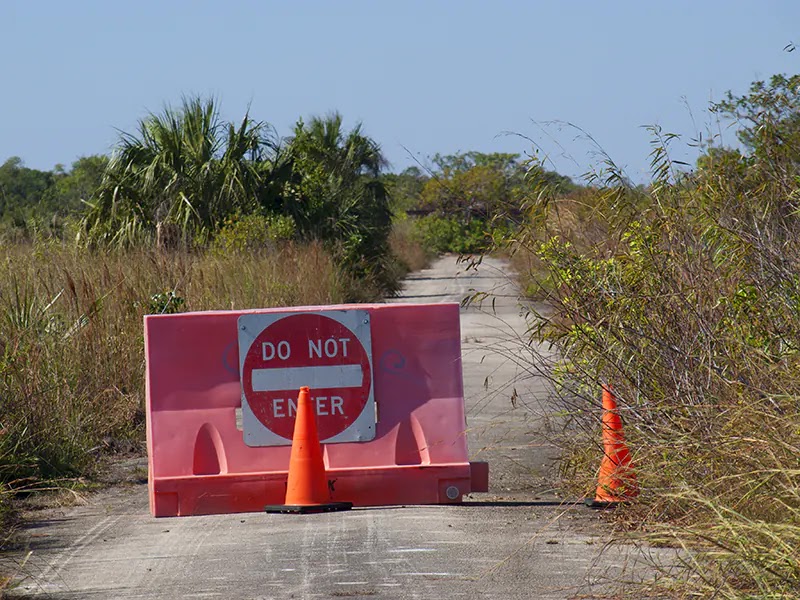How to cross rivers safely? A list of ideas and two photos from the trails

|
| Log bridge in the Alum Cave Trail in the Smoky Mountains - License our images here. |
Use a bridge!
No bridge? Then... this is the theory, but no guaranties.
- The main danger is the current. Check its strength and direction.
- Slow and slightly deep water is safer than low and fast.
- Check what lays up and downriver - submerged stuff can be a deadly trap if taken by the current.
- Avoid turbid waters.
- Check for dangerous wildlife.
- Wait if the water level is high. Camp until next morning if there is snow drainage - level will get lower with the cold of the night.
- Chilly waters are dangerous.
- Snow bridges are risky.
- Plan ways to break free from the current if pulled downriver.
- Cross through a straight section of the river.
- Untie the backpack. If the current takes you down, drop it.
- Don't remove your shoes.
- Cross in a small diagonal angle.
- Face the current while crossing.
- Step on lower rocks. Avoid the flat ones, they may be slippery.
- Don't cross the legs.
- Use hiking poles or a stick for wading and extra support.
- Secure each step before taking the next.
- If took down by the current, point feet downriver and rest on your back.
- Beware if crossing on fallen logs. They can move or one can lose the balance.

|
| River crossing in Alabama - a natural bridge in this waterfall. |



Comments
Post a Comment